Most of us don’t ride our motorcycles every day. A few of us do, like my good buddy Bob in New Jersey.
I had a real nice conversation earlier this week with Bob and he told me he uses his bike all the time. Bob lives not too far from where I grew up, and it was fun talking about the riding in New Jersey. When the weather’s good back there, the riding is great. When I used to live in New Jersey I was on my bike every day, too. But I know what happens when it starts to get cold and wet. Even Bob will get to a point where he’ll have to park his California Scooter for a while. In Bob’s case, living in New Jersey, there’s something called “winter.” I know, that’s a strange term to us folks here in southern California, but it’s a real thing in the northeastern United States. You just can’t ride in that kind of weather. So, we thought we’d include a blog that explains what you should do if you’re not going to be riding your motorcycle for a while.
I guess the first question is: How long is “a while?”
That’s tough to say. If I know I’m not going to be riding my motorcycle for the next month or so, I’m going to do a few things differently than I would if I were only going to go a few days or maybe two weeks without riding.
Let’s take a look at three scenarios:
Scenario 1. You’re a daily or weekly rider, and you may go a few days or a week or two without riding. If you fit into this category (and I usually do), I don’t do anything to my CSC motorcycle other than put the fuel petcock in the off position. Basically, I just park my California Scooter and shut the fuel petcock.
Scenario 2. You’re a monthly rider. If you fit in this category, you might get out on your CSC motorcycle once a month (maybe a little more, maybe a little less). There are two things I’d do in this case. I’d shut the fuel petcock when I park the bike (as mentioned and shown above), and I’d keep the bike on a trickle charger. We’ve got a pretty cool writeup about trickle charging right here on our blog. You’ve probably read it already, but here’s a link to it so you can find it easier.
Scenario 3. You’re not going to ride your bike for several months or more. You might fit into this category if you are storing your bike for the winter, or if for any other reason you know it’s going to be months (or longer) before you ride your bike again. In this situation, here’s what we recommend:
a. Shut the fuel petcock.
b. Keep the battery on a trickle charger.
c. Put ½-ounce of fuel stabilizer in the fuel tank with a full tank of fuel (the brand we use is Stabil).
d. Drain the fuel in the carburetor float bowl.
e. Change the oil.
Draining the fuel in the carburetor float bowl is pretty easy. There’s a little screw at the bottom of the float bowl that you can see from the right side of the bike. Just take the drain hose off, hold a small cup under the float bowl, and after you’ve shut the fuel petcock, open the screw to drain the float bowl. Make sure you screw the drain screw back in, or when you open the fuel petcock when you’re ready to ride again, the fuel will just drain out of the float bowl!
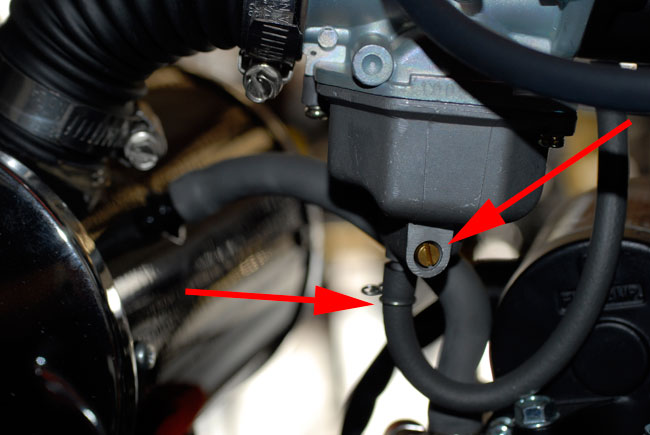
The carb float bowl...after you've shut the fuel petcock and disconnected the hose at the bottom of the float bowl, unscrew the brass screw about 1/2 turn to drain the fuel.
If the bike’s going to sit for a long time (many months or longer), you might want to drain the tank before you fire it up again and then refill it with fresh fuel. With Stabil in the tank, you can probably go through the winter, start the bike up, and be on your way (you don’t need to drain the tank). But if you’re leaving the bike untouched for a long time (perhaps 6 months or more), I’d drain the tank and refill it before I started riding again.
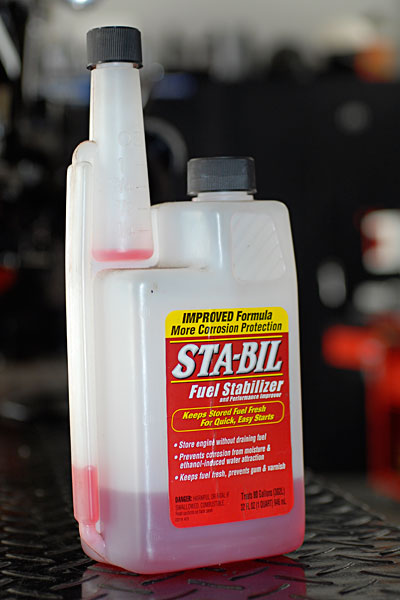
If you're storing your bike for months, put 1/2 ounce of Stabil into a full tank of fuel. The Stabil container has a built-in measuring feature...it's pretty cool!
If you go for an extended period without riding your California Scooter, you should change the oil before starting the bike again. Over extended periods of time with the bike experiencing big temperature swings, condensation can form inside the crankcase. You don’t want to run the bike if there’s water in the oil. As you know, your CSC motorcycle only takes one quart of oil and changing the oil only takes a few minutes, so changing the oil is not a big deal. We did a piece on the blog a few months ago about oil changes, and you can see it here.
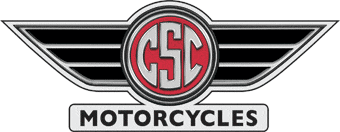
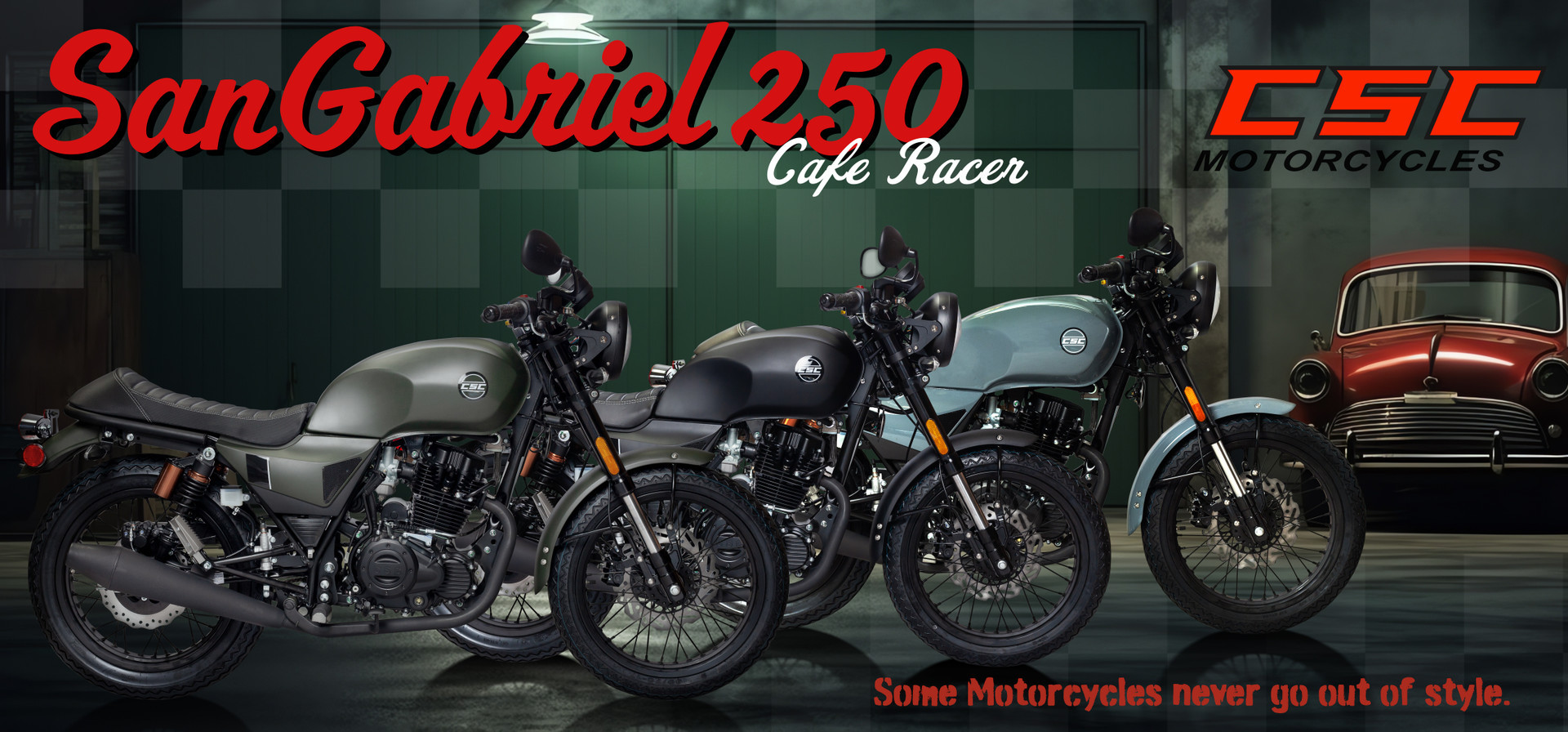
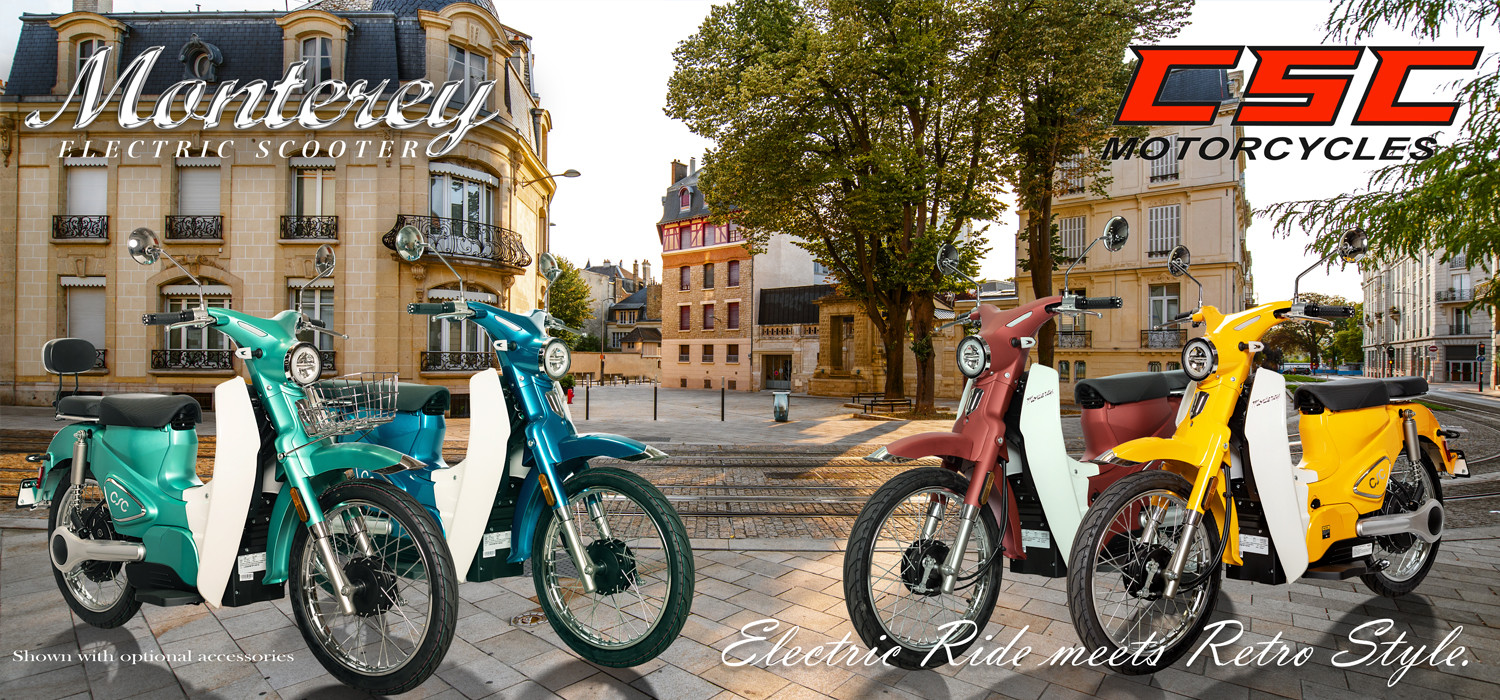

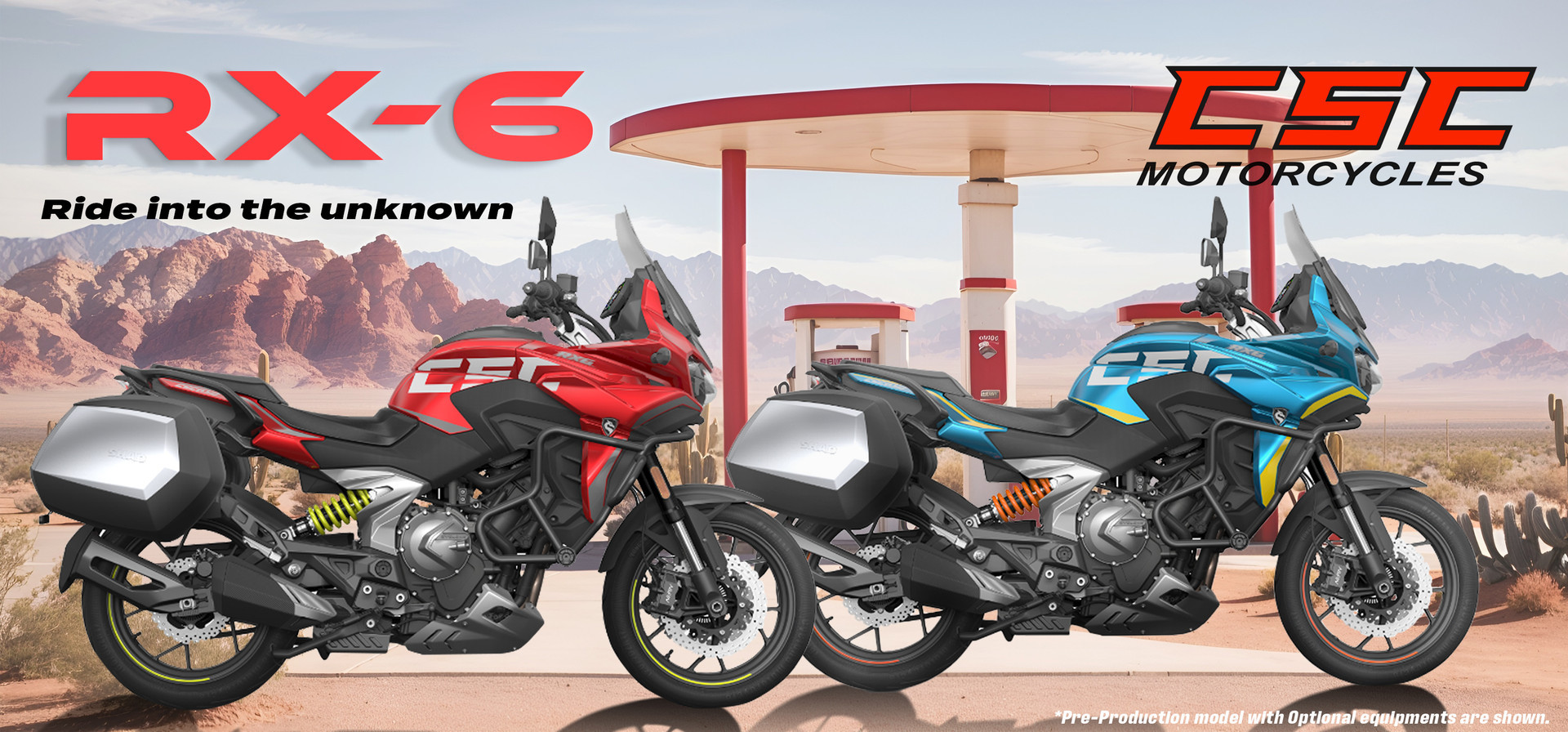
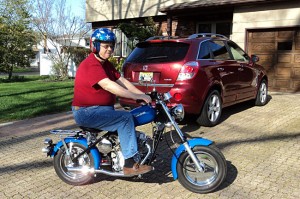
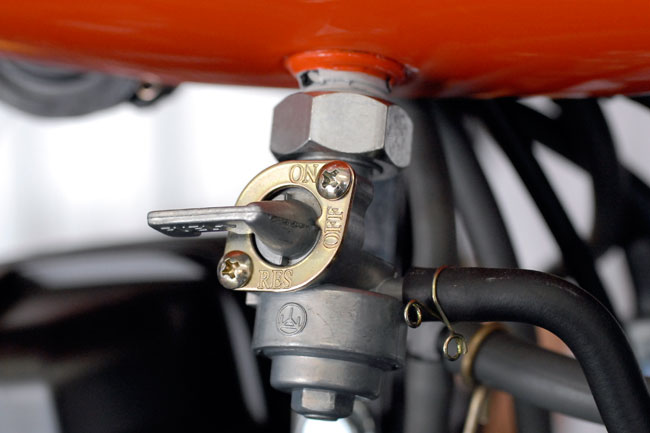
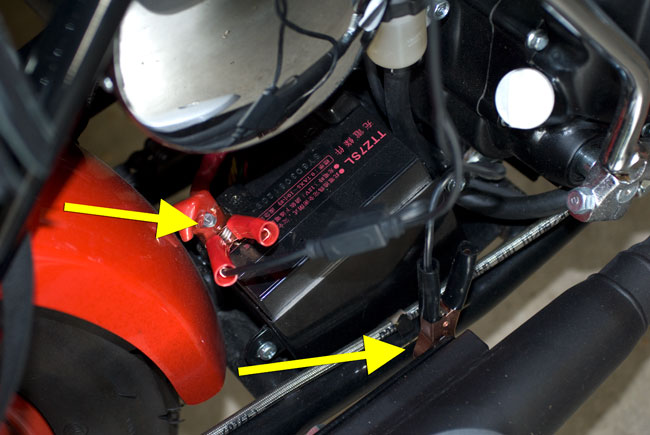
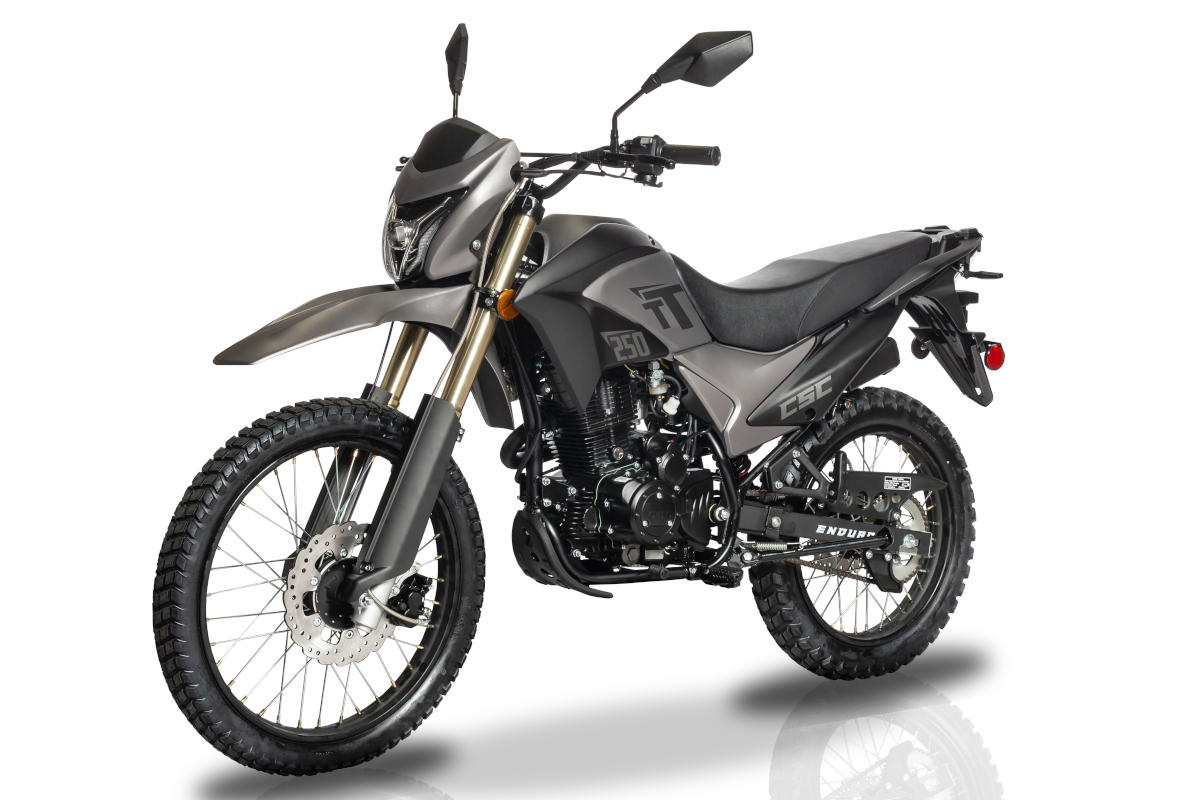 TT250 Enduro
TT250 Enduro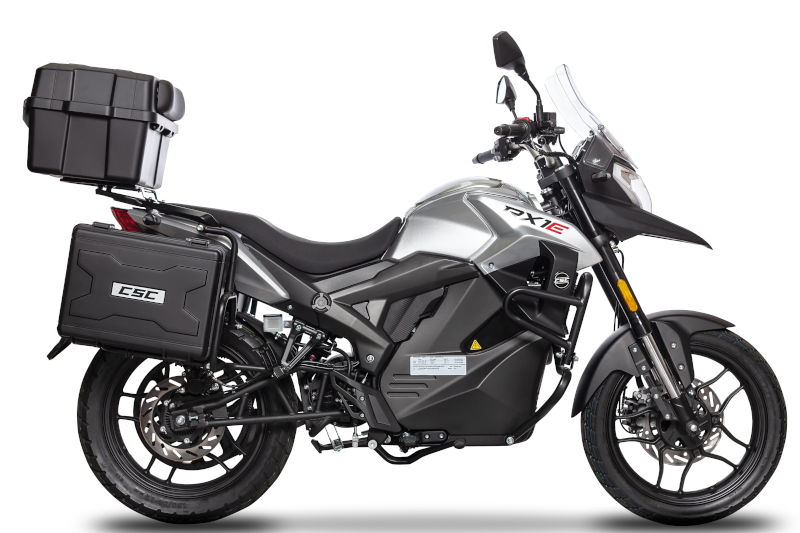 RX1E Electric Motorcycle
RX1E Electric Motorcycle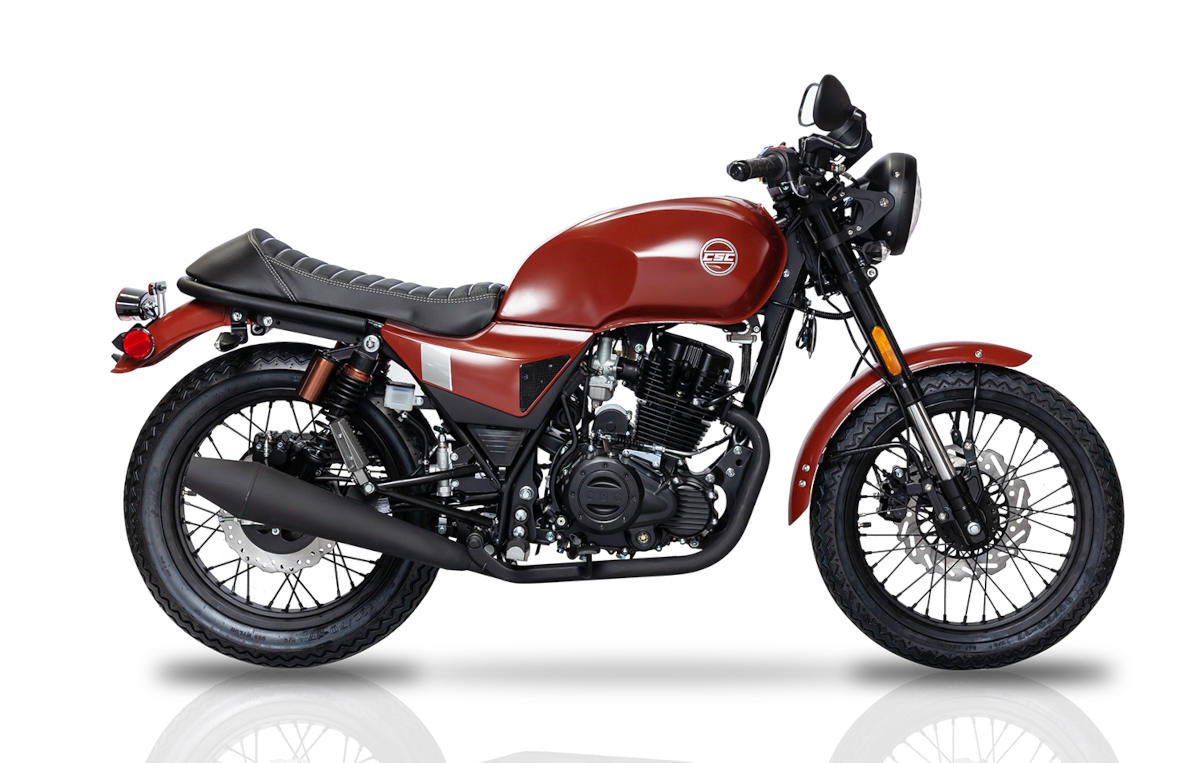 SG250 San Gabriel Cafe Racer
SG250 San Gabriel Cafe Racer